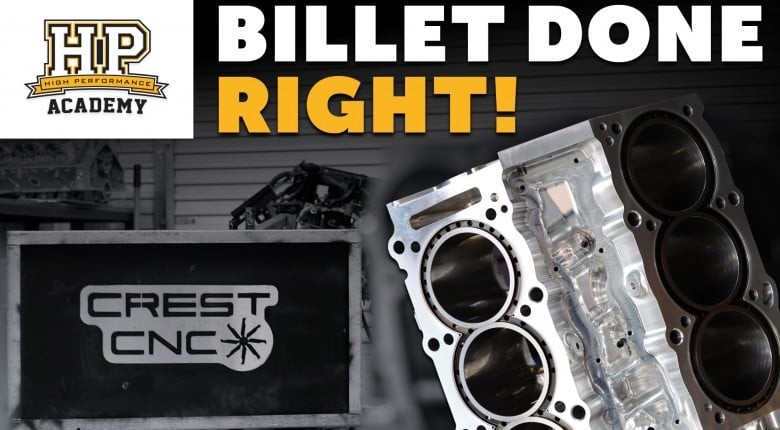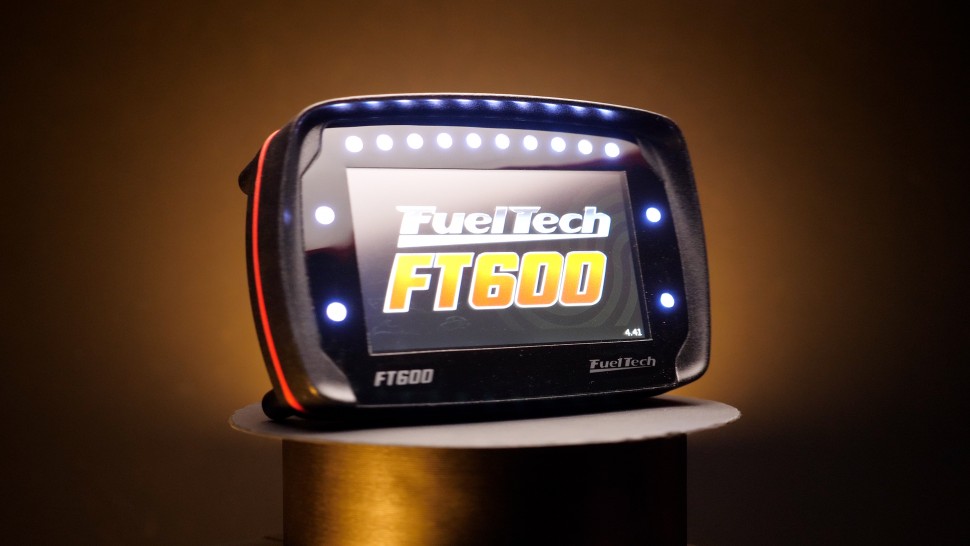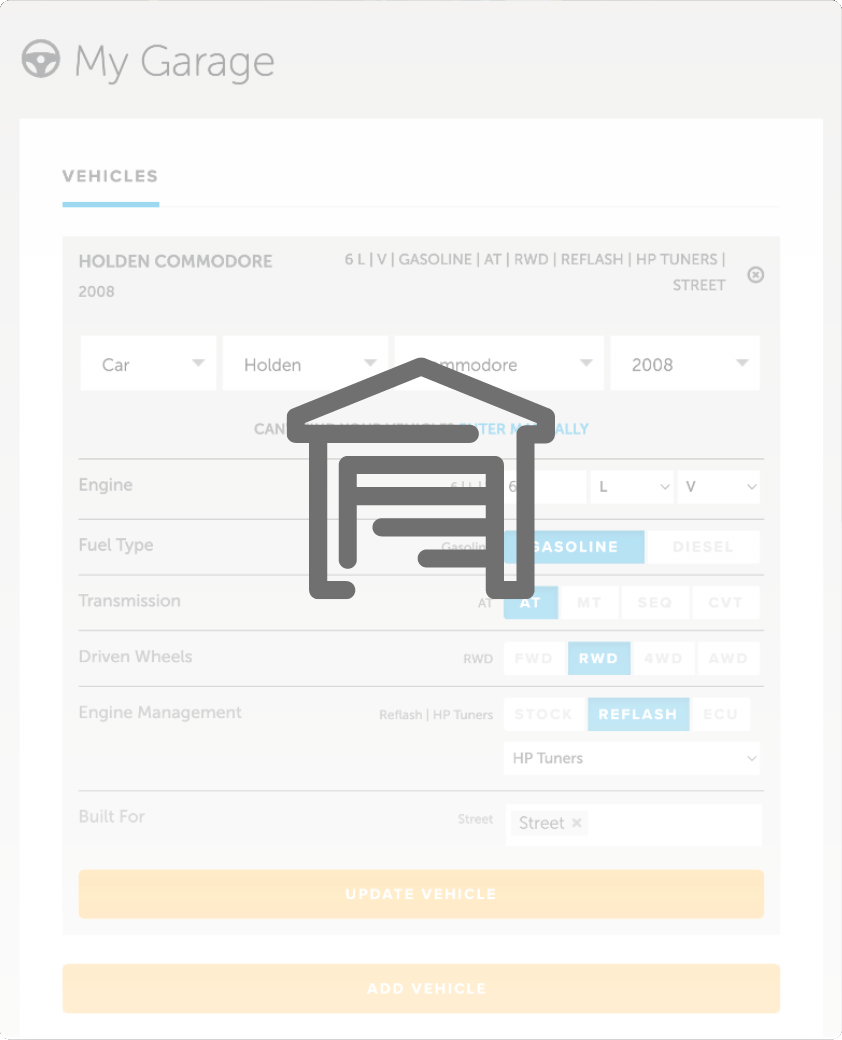Designing an elaborate engine block or cylinder head in CAD is one thing, but actually manufacturing that design is another challenge altogether. In this video, we talk with Gerry from Crest CNC about what it takes to turn complex billet and cast designs into reality.
Gerry handles CAD design at Crest CNC, creating engine blocks, cylinder heads, and the tooling and fixtures required to manufacture them efficiently. He explains how his early career as a toolmaker led him into CNC machining, CAM programming, and then full-time CAD design. During his time in the UK, he worked at JCB’s engine division, gaining critical experience in engine block and cylinder head design fundamentals.
For their cylinder head development, Crest CNC work closely with third-party experts such as Cylinder Head Specialists to optimise port and combustion chamber geometry. They use traditional flow bench testing and 3D scanning to bring these designs into CAD before finalising them for manufacturing.
Gerry also discusses design for manufacture considerations, often called DFM. Whether working with billet parts or cast parts, understanding machining limitations, tooling aspect ratios, taper angles, and draft requirements is essential. Design for manufacture ensures that parts are not only functional but also practical and cost-effective to produce.
If you want to learn more about how advanced billet and cast engine components go from idea to finished product, or how companies like Crest CNC and Cylinder Head Specialists push high-performance design, this interview is packed with insights you can apply in your own engineering or fabrication projects.
------------------------------------
TIMESTAMPS:
0:00 – Design Vs Manufacturing
0:11 – Gerry’s role at Crest CNC
0:23 – CAD design process overview
0:53 – Gerry’s background in tooling, CAD, and engines
1:48 – Engine block and cylinder head development process
2:51 – Simulation and validation approaches
3:31 – Key considerations for billet engine blocks
4:04 – Cylinder head port design and scanning
4:38 – 3D scanning options used
5:06 – Billet vs cast manufacturing design differences
5:28 – What is design for manufacture?
5:53 – DFM considerations for billet parts
7:23 – Draft angles and radii in casting vs billet
8:21 – File exchange between CAD and CNC machining
9:21 – Colour coding for tolerancing and manufacturing
9:57 – Future projects and where to follow Crest CNC
10:13 – Outro







Comments
No one has commented on this page yet.